This month we are thrilled to welcome Francesca Simon as our Guest Editor. Francesca has a great reputation for writing funny kids books, her Horrid Henry series has been phenomenally popular and is responsible for igniting a love of books in young readers since 1994. Francesca has returned to middle-grade fiction with the hilarious Two Terrible Vikings - the very best worst Vikings in the village! Find out more about this brilliant new series, and Francesca also shares her favourite kids books and a muses on how literature has saved us through this difficult year.
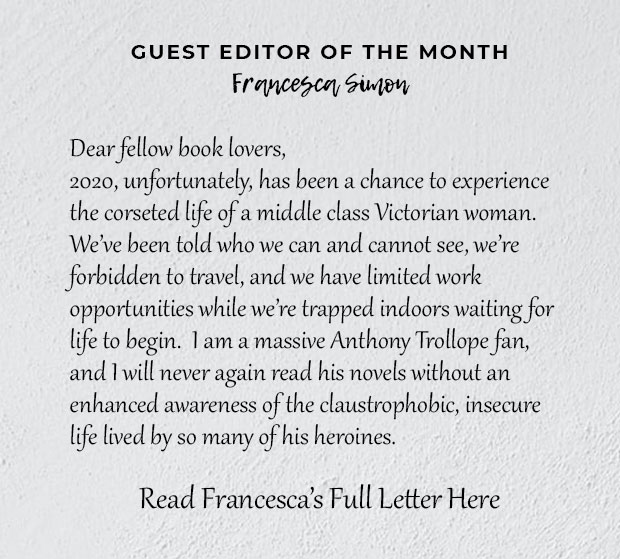
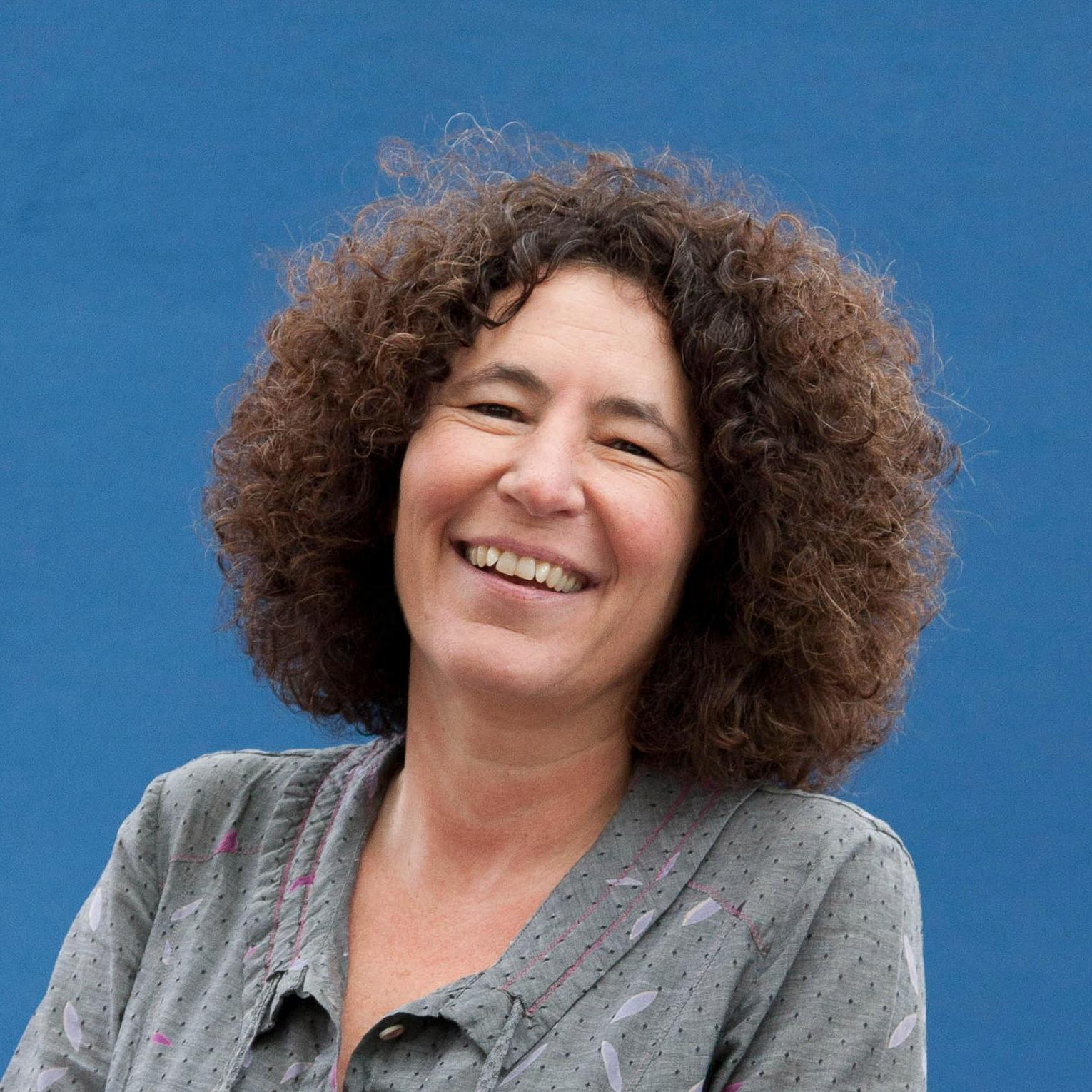
You have a gift to engage reluctant readers through your stories, particularly the Horrid Henry and Moody Margaret books. What are your top tips to encourage a love of reading?
Read to your children! Read to them until they beg you to stop. Get your child a library card as soon as they can toddle. Share books every day. If your child loves a book, read it yourself. Follow their interests. This is where independent shops are a boon: a children’s bookseller can make loads of recommendations depending on your child’s enthusiasms. Be a reader yourself. Give your child bookshelves for their own books. Let them learn at their own pace. Don’t keep forcing them to read books that are too difficult for them. Let them enjoy the stage of reading they’ve achieved.
The Horrid Henry series has been incredibly popular across the world. Was he inspired by a real Horrid Henry and where do you get your ideas for his escapades?
Henry is the imp inside everyone. We all have aspects of Horrid Henry and Perfect Peter—the urge to rebel, the desire to be good—which I think is one reason the books are so popular in so many countries. Henry is pure impulse, while Perfect Peter is an exaggerated version of the impeccably behaved child parents think they want. With Horrid Henry you get to live out your unbridled fantasies that the world would be perfect if only you were in charge.
So no, Henry wasn’t inspired by a specific real child, but everyone with a pulse has aspects of both characters.
The initial ideas for Horrid Henry stories, such as dealing with nits, sabotaging a birthday party, or trying to earn money—in Henry’s case by selling Peter as a slave to Moody Margaret!-—are usually sparked by everyday events and then given a “horrid” twist. I think of a situation, and then ask, ‘What would Henry do?’ Although occasionally, real life does inspire: Horrid Henry and the Zoom of Doom in the 25th Horrid Henry book, is based on my own mis-adventure on a perilous water slide.
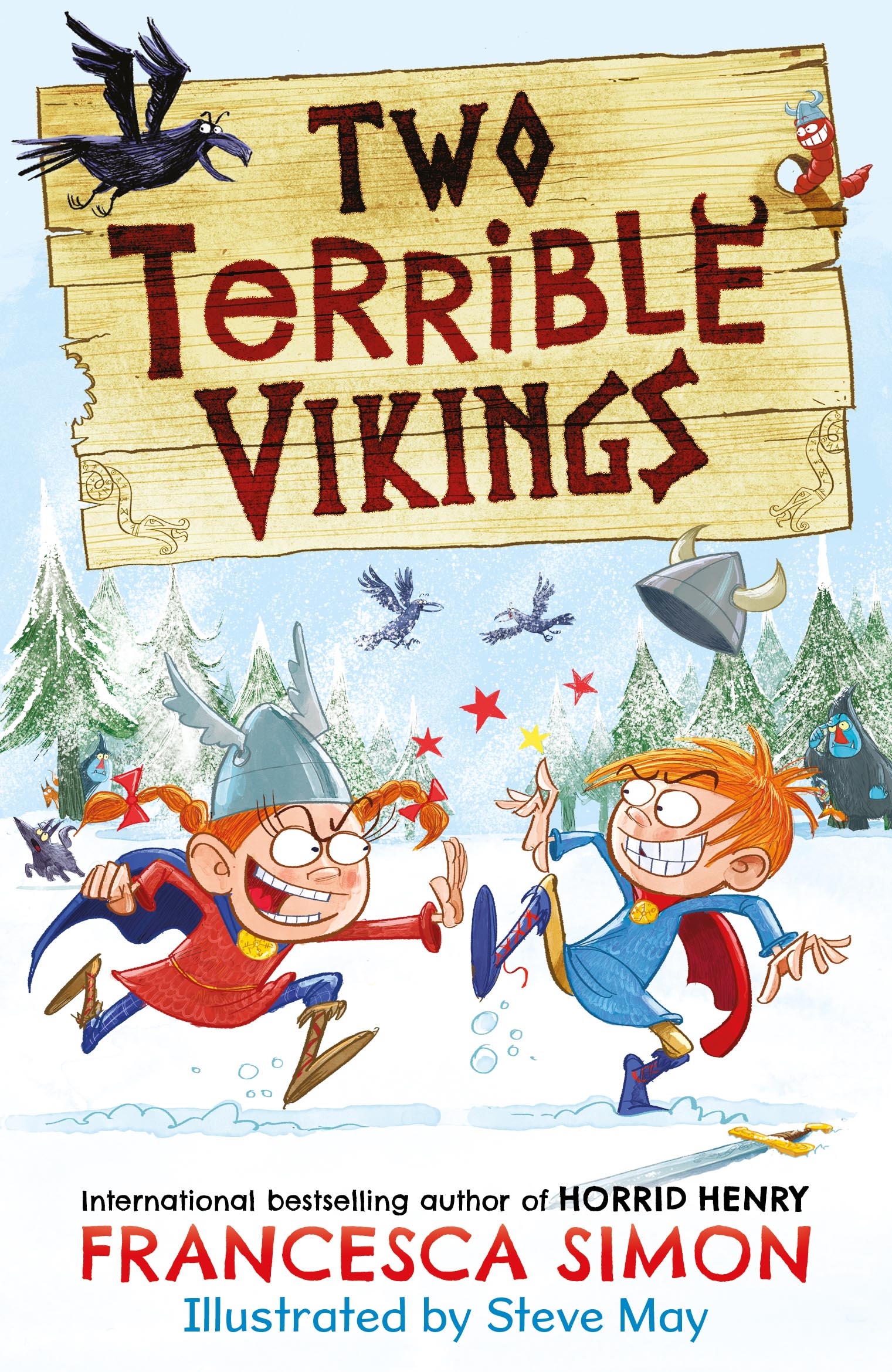 Tell us about your new book, Two Terrible Vikings? Is it the first in a series?
Tell us about your new book, Two Terrible Vikings? Is it the first in a series?
Yes it is! I’m working on the second book as we speak. I read Old and Middle English at Oxford, and I’ve always loved Norse mythology, so it’s been a blast imagining two unruly young Vikings running riot in a snowy world of ogres and trolls and wolves. Vikings were pirates, after all, and whoever heard of pirates sharing? I’ve loved creating these marauding children, and especially their gang: Dirty Ulf, the girl who hates baths; Twisty Pants, who brags endlessly about all the giants he’s fought, and Elsa Gold-Hair, the goody-goody totally out of place in the Viking world. And where else would you find parents shouting: ‘No swords at the table!’
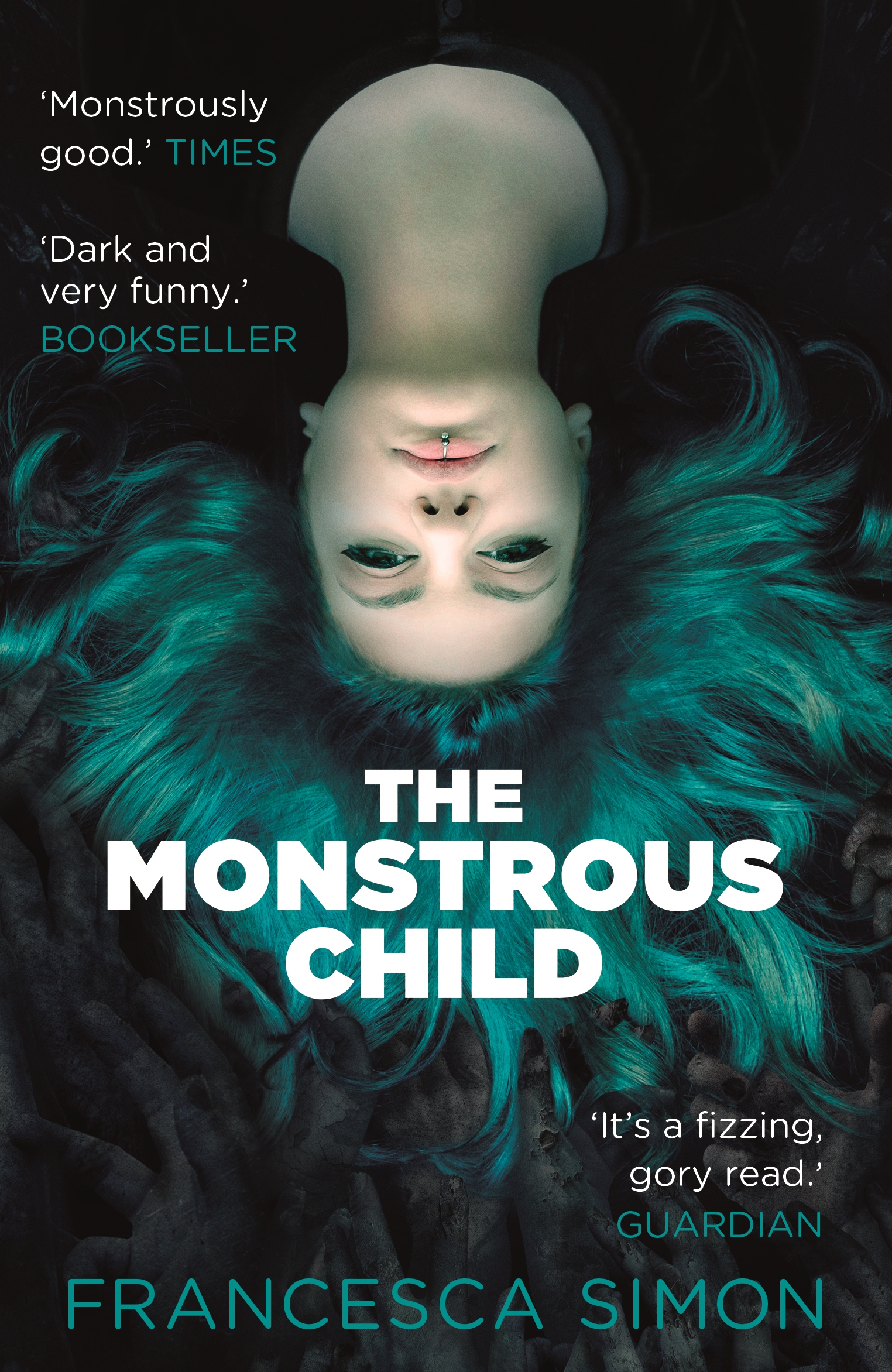 We loved The Monstrous Child, your first novel for teenagers. Can we look forward to more YA books from you?
We loved The Monstrous Child, your first novel for teenagers. Can we look forward to more YA books from you?
Thank you so much. The Monstrous Child, about Hel, the Norse goddess of the dead, who I imagined as a funny, angry teenager, is my favourite ever book. I heard her voice on the subway in New York one day (really) and I knew I had to write her grim story.
I am planning to write another YA novel this year, so watch this space. It will also be set in the world of myth and fairy tale.
You seem comfortable writing for a range of ages and reading abilities. How does the creative process vary when you write for such different audiences?
Writing for a specific audience isn’t something I do consciously. An idea comes to me, or a character’s voice, and that determines the age range, though I never hold back and think, ‘Oh, this story is for younger children, I mustn’t use that word.’ I will use repetition for comic effect in my stories for early readers, but I always aim to appeal to all ages. I enjoy reading children’s books every bit as much as I enjoy books for adults: to me, a great story is a great story. I would say that the creative process is exactly the same writing for readers of any age.
.jpg) One in three of all books sold is a children's book yet children's books only get 4% of review space in the media. Why do you think this is - and what can be done?
One in three of all books sold is a children's book yet children's books only get 4% of review space in the media. Why do you think this is - and what can be done?
I think this is an age old prejudice that somehow children’s literature is less worthy of attention than books for adults. Largely due to JK Rowling, the profile of children’s authors is far higher than it was when I was starting out in the 90’s. But many newspapers have cut back on review space, which means children’s books often miss out. I think continuing to promote children’s books is vital, and making sure that children’s literature features prominently in all media.
Which book do you wish you had written?
Holes by Louis Sachar is a perfect book in every way. A towering work of genius.
If you hadn't been an author what would have been your dream job?
I always wanted to be President of the United States. And failing that, if I had a shred of grace and ability, a tapdancer.
And finally, what do you have in your 'to read' pile?
I think you mean ‘piles!’ Currently I have Bearmouth by Liz Hyder, Actress by Anne Enright, Black and British by David Olusoga, The Nickel Boys by Colson Whitehead, The Macdermots of Ballycloran by Anthony Trollope, Burnt Sugar by Avni Doshi, Last Train to Liguria by Christine Dwyer Hickey, and Valkyrie, the Women of the Viking World by Johanna Katrin Fridriksdottir.
...............................
Set in the snowy fjords of a Viking kingdom, Francesca returns to middle-grade fiction with Two Terrible Vikings, the very best worst Vikings in the village!
As research for the book, Francesca worked with the world famous and utterly brilliant Jorvik Centre in York. The Jorvik Viking Centre would normally run a Viking Festival in February but this year the event is all online. Of course that means there is lots of great Viking content available for you to access including live-stream storytimes and virtual exhibitions. The schools week is 8-12 February celebrating all things Norse, especially aimed at schools and home educators. Find out more www.jorvikvikingcentre.co.uk. And you can find more books on the Vikings on our sister site; LoveReading4Schools - The Vikings Reading List.
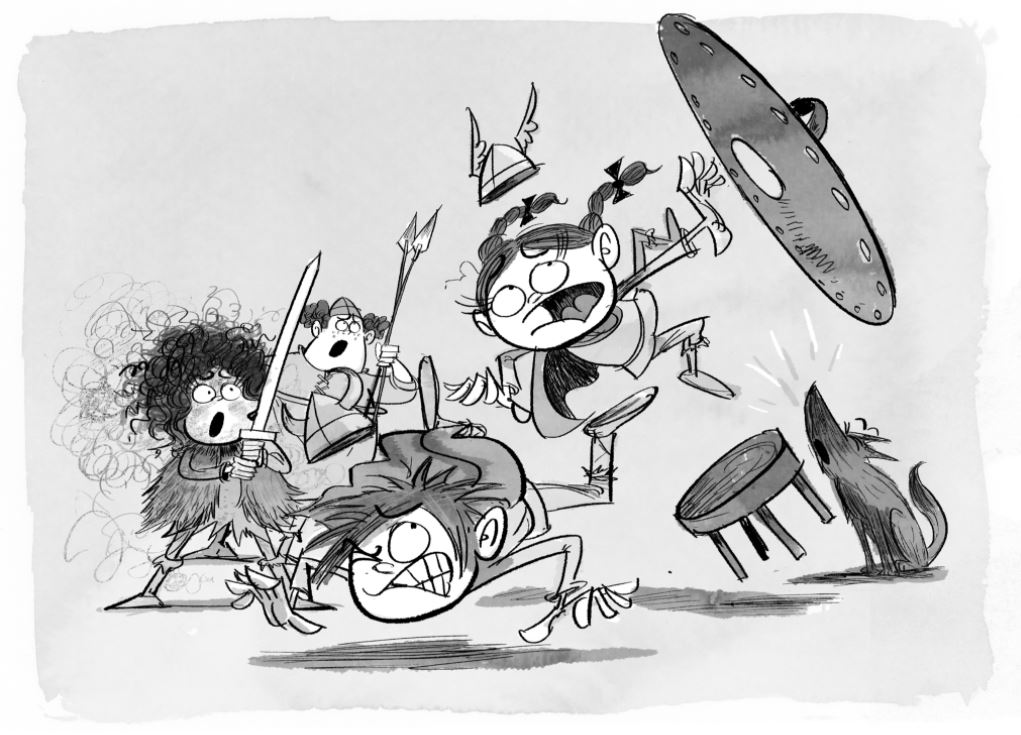


.jpg)
Comments (25)
Susan B - 15th March 2021
What an interesting, informative and, in parts, amusing post. Thank you. Look forward to picking up a copy of Two Terrible Vikings and subsequent titles.Andi G - 15th March 2021
My children loved HH books, so very excited about reading thisMichael O - 14th March 2021
Perfect for the kids.Alison A - 13th March 2021
Big HH fans so have high hopes of introduction to the Vikings in the same veinlynn n - 13th March 2021
I love the Horrid Henry books and I look forward to reading this one too!Anthea H - 13th March 2021
Wow - this sounds so good and so funny too!Rebecca B - 10th March 2021
Loved reading a recent interview with Francesca Simon in First News magazine. Love that she got to research real vikings at the museum in York. Sounds great and really funny.lynda s - 5th March 2021
Great to get extra info, research and ideas,,,,,,,,,,,,,,,,,,,,,,,, Many thanksCharlie B - 5th March 2021
Luckily my little niece & nephew absolutely love books. Paisley is doing so well learning to read, I’m certain she’s going to be a bookworm just like me. I totally agree about reading to children as much as possible, it really sparks a love for books.Karen C - 5th March 2021
The likening of lockdown to a middle aged Victorian woman really struck a chord!!! I love the books - my class will love listening to them.Debby B - 5th March 2021
My neighbour recently asked for some suggestions/recommendations for books to get her grandchildren and great grandchildren...I will be telling her to check these out as I'm sure the kids will love themJacqui G - 4th March 2021
Wonderful writer, I love/d the Horrid Henry books.Laura P - 28th February 2021
I remember reading the Horrid Henry when his brother was born, and his parents were awful to him - I blame them entirely!Sally C - 26th February 2021
This looks fabulous, what made you decide on twins?MARIA R - 24th February 2021
all looks jolly good fun to read!YOLANDA D - 24th February 2021
This sounds interesting and fun.Laura C - 23rd February 2021
We love reading to our children, every night without fail we get our 7 year old to read to us then we read to him and our 2 year old twins.Bethany I - 23rd February 2021
I didnt know she had written z YA book. It looks interestingSarah W - 23rd February 2021
I agree that Holes is a near perfect book. I look forward to checking out this new Viking series!Susie W - 19th February 2021
I look forward to this series!Nicola B - 18th February 2021
Brilliant author and a book I need for our Vikings topicLucy H - 13th February 2021
My children love her books and looking forward to reading this, was lucky to meet the author previously.Eva A - 12th February 2021
Looks very mischievous Viking funMarion G - 12th February 2021
I'm really looking forward to reading this to my own terrible twin grandsons.Tracey-Ann R - 12th February 2021
Really looking forward to reading this as a lover of HH and a teacher who will be teaching about The Vikings next term!Leave A Reply
You must be logged in to post a comment.